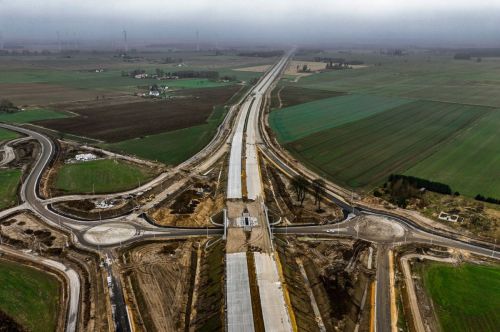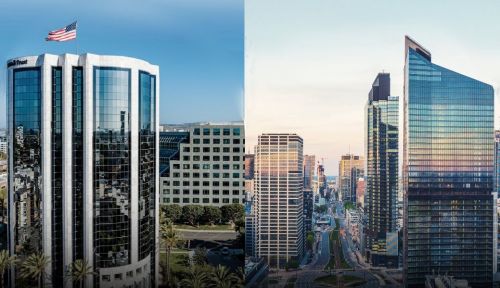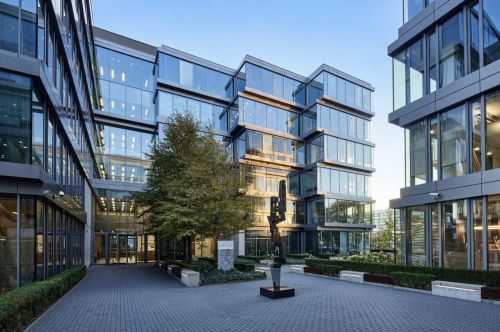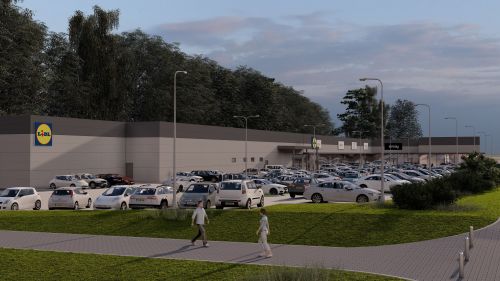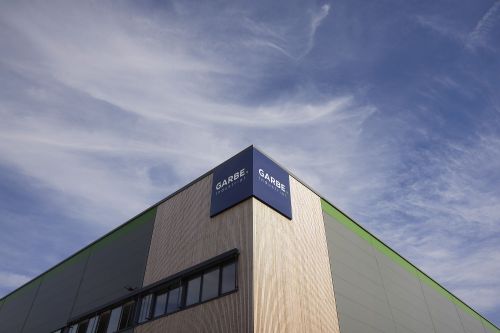Our ancestors someway back down the hominid line actually evolved to live in the trees and these gave them all the protection and shelter they needed. At some point, however – and no one is quite sure why – they decided to eschew their idyllic arboreal lifestyle, climbing down to live on the plains.There might have been more to eat down there, such as the high energy brain-food meat that was not readily available up in the branches, but it also left them rather more exposed to the weather and predators. One solution to this was to live in caves, but the stock of such dwellings turned out to be rather limited. And thus the first structures built by mankind were rudimentary tents made out of bamboo and animal skins. Again, this stage in the human story might strike us as a rather carefree way of life. So the same question arises: why complicate things and add stress to our lives?
But that’s exactly what we did. Eventually we started to erect

















































